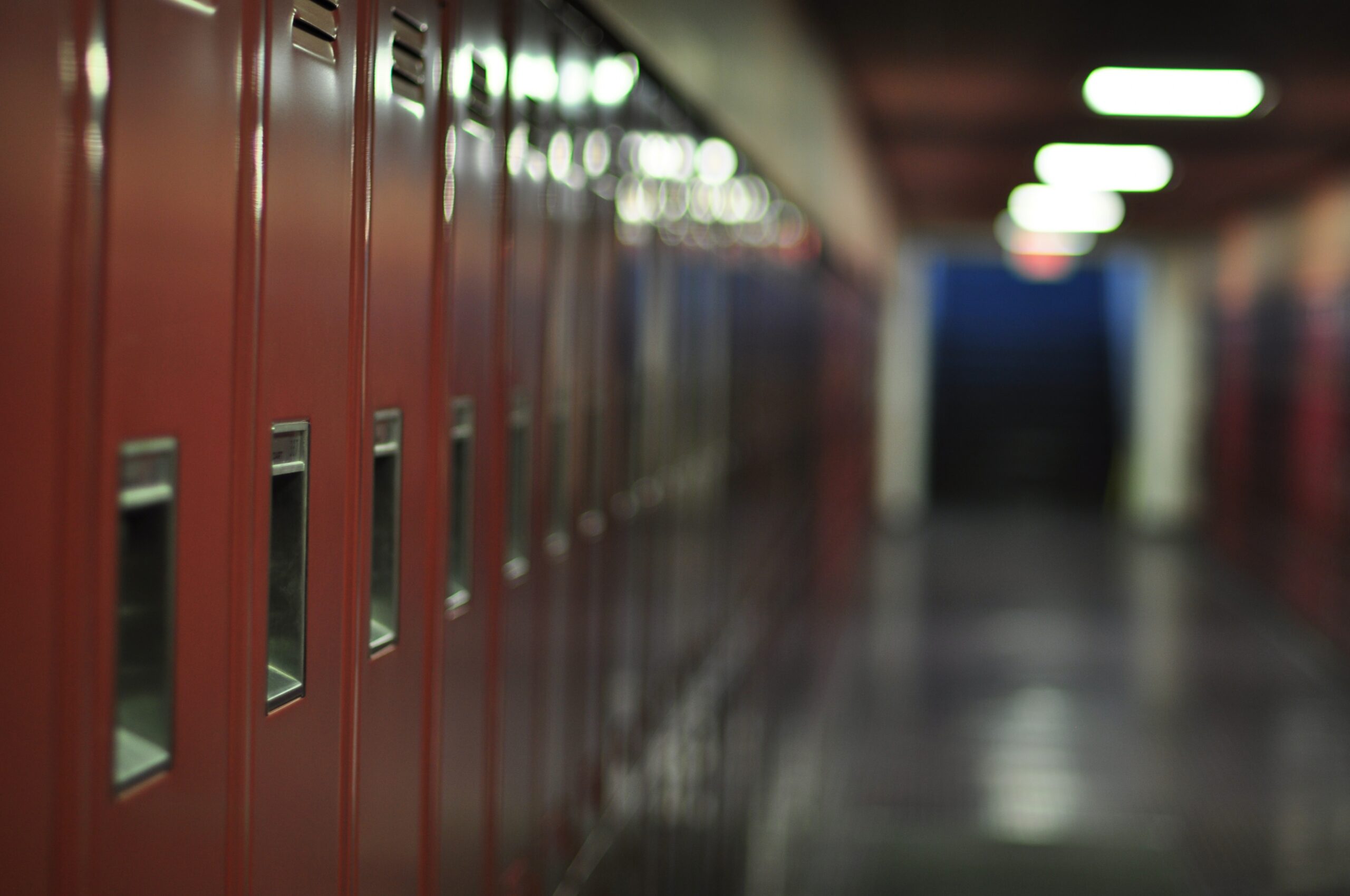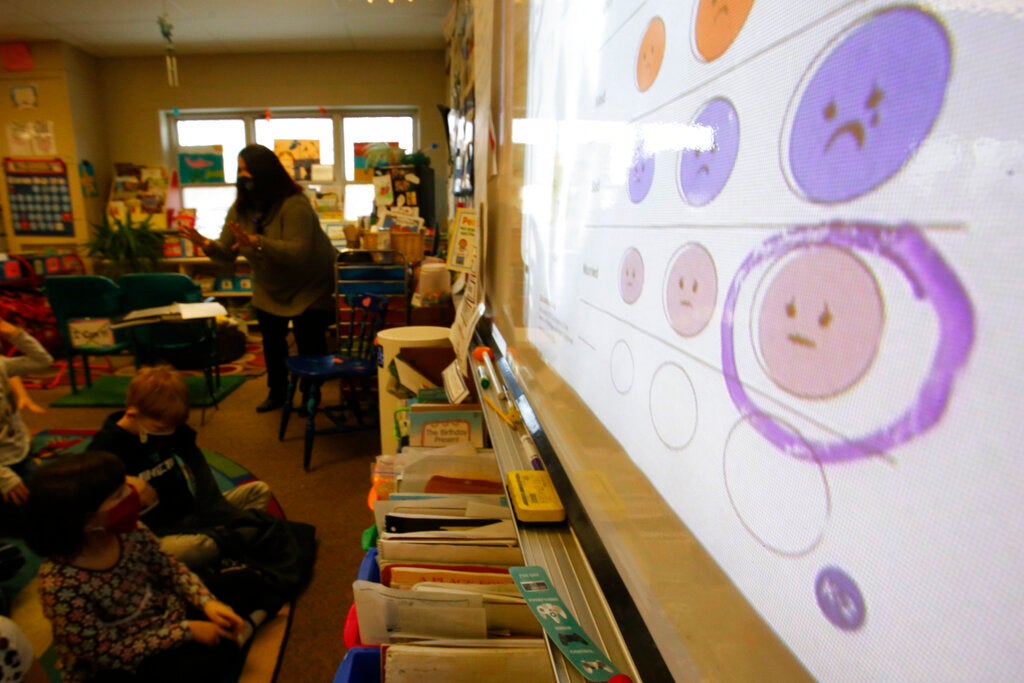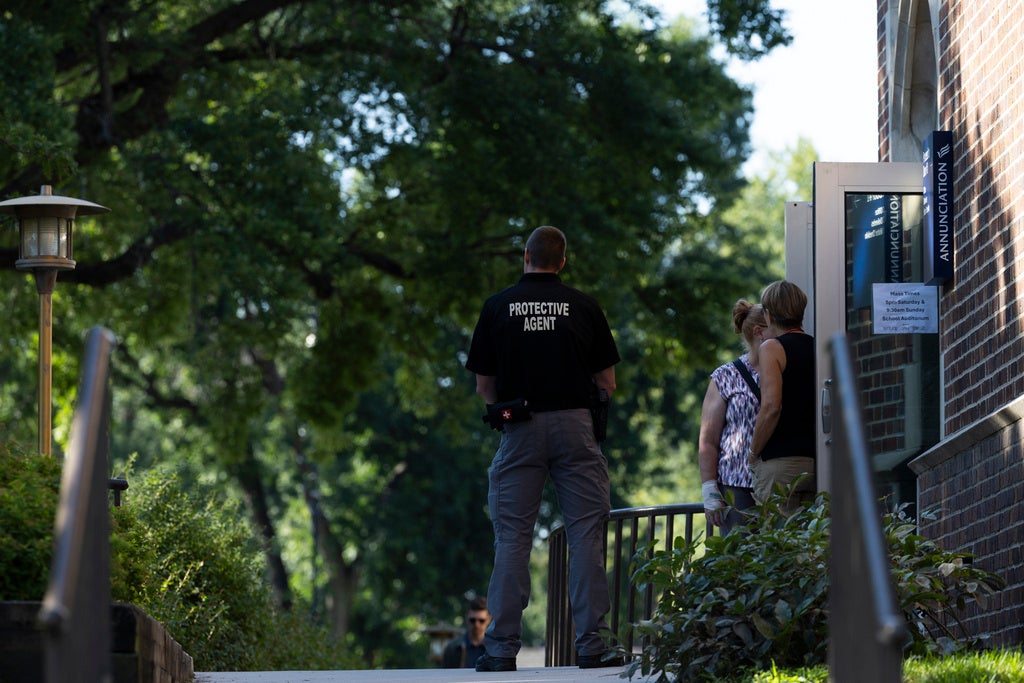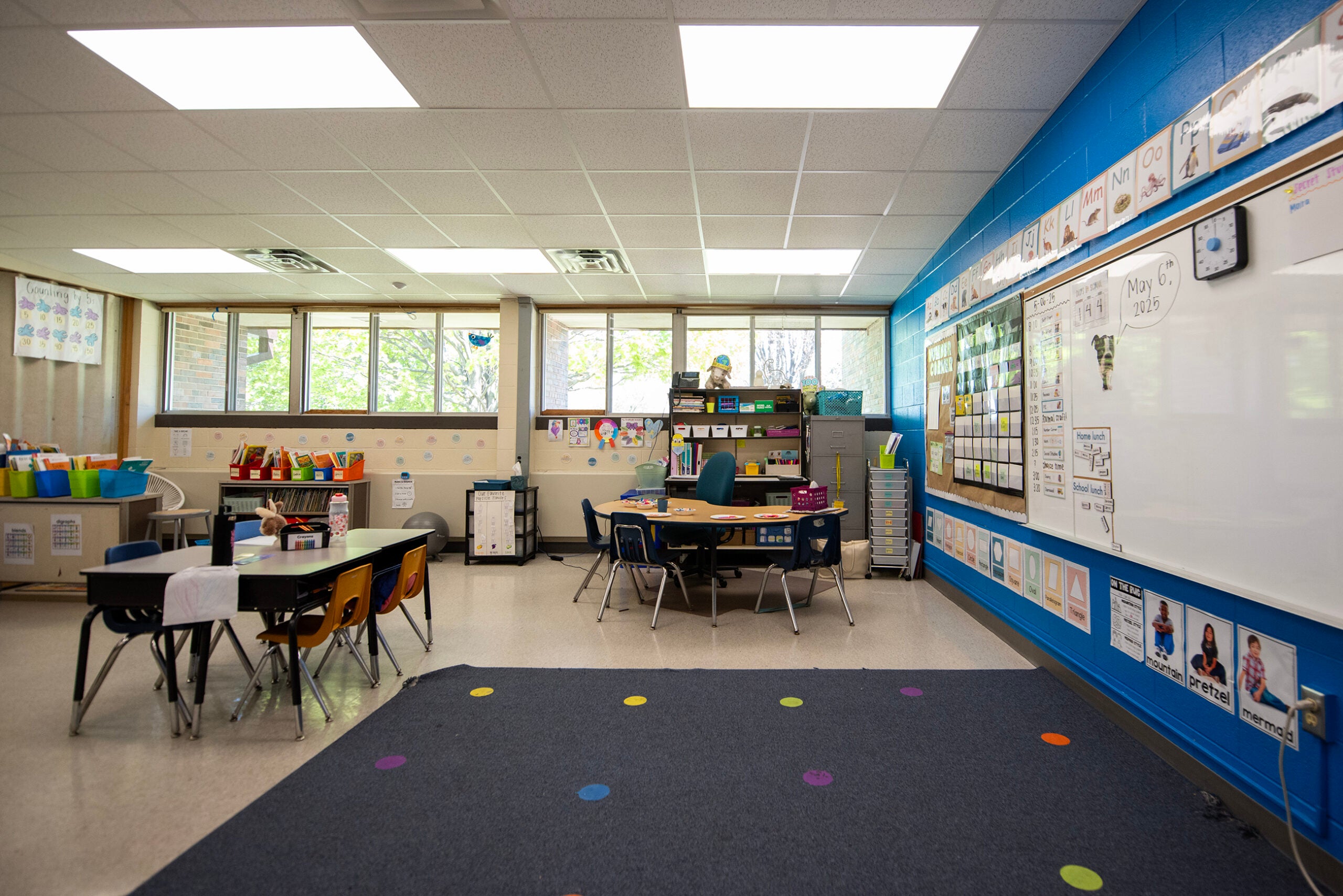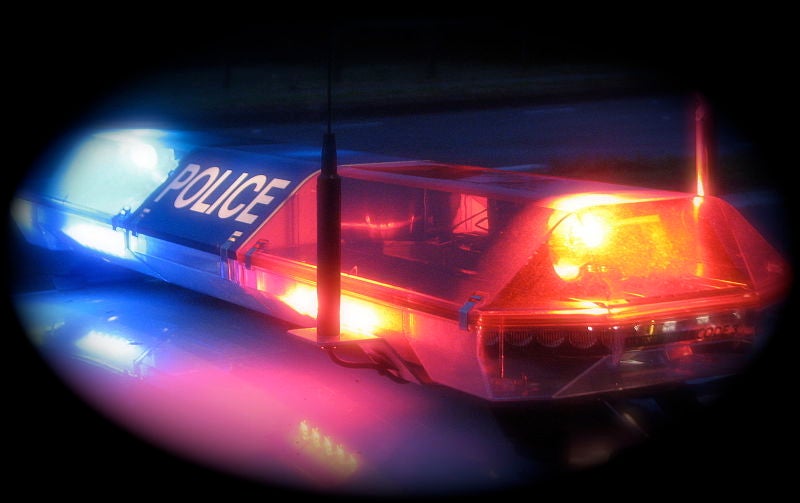Since the 1999 Columbine High School mass shooting in Littleton, Colorado, lockdown drills have become as routine in classrooms as fire drills.
But Wisconsin students say growing up hiding under art tables and pushing their desks up against classroom doors in preparation for violence has been traumatizing.
“I remember being in fifth grade and my teacher saying she would do anything she could to protect us, but if something went wrong, we had to do anything to protect ourselves — even grab our scissors or chairs,” said Adeline Gent, a student at Koshkonong Trails Charter School and a founder of Cambridge’s March for Our Lives chapter, a nation-wide organization devoted to gun violence prevention.
News with a little more humanity
WPR’s “Wisconsin Today” newsletter keeps you connected to the state you love without feeling overwhelmed. No paywall. No agenda. No corporate filter.
“Right after the Parkland shooting, we were looking at which marching band instruments would be best to defend us,” said Tyler Kelly, a Carthage College student who advocates against gun violence.
The students spoke Wednesday during a day-long Emergency Gun Violence Summit in Milwaukee hosted by Forward Latino.
There have been 303 school shootings since the beginning of 2022, according to the K-12 School Shooting Database. Students say they’re scared they’ll become victims.
“You are always scared of some gun violence happening,” said Makena Kimminau, a junior at Mukwonago High School. “There is not enough happening with mental health. At our school, there are four counselors for 2,000 students so if students want to talk, it takes so long to make something happen.”
Kylie Rich, who is also a junior at Mukwonago High School, said if a water bottle drops on the floor, people jump, thinking it is a gun shot.
“If the announcement tone comes on, students fear that this will be the dreaded day we hear that something has happened,” Rich says. “It has become a normalized fear in schools.”
Emily Torres, program manager with the National Center for School Safety at the University of Michigan, said creating a school environment that is welcoming and teaches empathy can help alleviate violence.
Torres said other ideas that have gotten more popular, including putting armed staff in schools, are not proven to work.
“Everyone has different perceptions of safety and what it feels like to be safe in a room,” Torres said. “If (adding armed staff) is happening, I think we really, really need to make sure our students feel safe, and we are balancing that with some school climate strategies.”
Aileen Kearney, an organizer with March for our Lives and a senior at Madison East High School, said students shouldn’t have to be traumatized in order to be protected.
“Why are we subjecting children to this, instead of asking our leaders to protect us in the first place?” Kearney said. “All of this feels like a band-aid. It frustrates me and it makes me so angry. People are telling us violence is inevitable, so we better know what to do.”
Wisconsin Public Radio, © Copyright 2025, Board of Regents of the University of Wisconsin System and Wisconsin Educational Communications Board.

